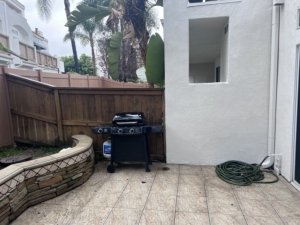Defensible space is an urban planning concept in which an area around a residential structure is secure from potential threats. This can include physical features like fencing, trees, and landscaping and electronic security systems like cameras, alarms, and motion detectors. Defensible space can help protect homeowners from burglaries, vandalism, and other criminal activity.

Defensible Space
When designing a defensible space, property owners should consider their environment, their property’s layout, and the safety of their neighborhood. For example, having a high fence around the property could be effective if the area is prone to crime. Still, a more aesthetically pleasing wall may be more appropriate if the property is in a safe neighborhood. Additionally, property owners should consider the type of security they need and the amount of money they are willing to spend.
Physical features like landscaping and trees can also create a sense of security. For example, trees can be planted to produce a natural barrier, or hedges can provide a sense of privacy and safety. Additionally, landscaping can be used to improve visibility, and visibility can help deter potential criminals.
Additionally, electronic security systems can be integrated into a defensible space plan. These systems can include cameras, alarms, and motion detectors. Cameras can help monitor activity in and around the property, and alarms can be set to alert property owners in the event of a possible intrusion. Motion detectors can be used to detect movement in the area and alert property owners as well.
In conclusion, defensible space is an essential concept in urban planning that can help protect homeowners from crime. While there are multiple options available, property owners should consider their environment, the layout of their property, and the safety of their neighborhood when designing defensible spaces. Additionally, physical features like landscaping, trees, and electronic security systems can create a sense of security and safety.
